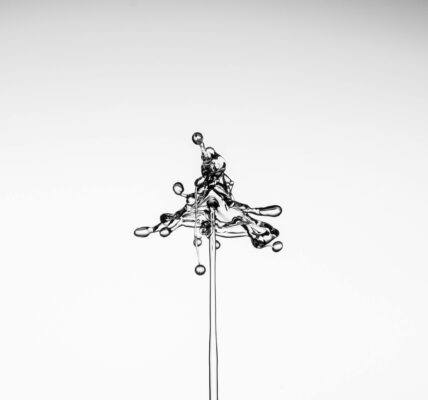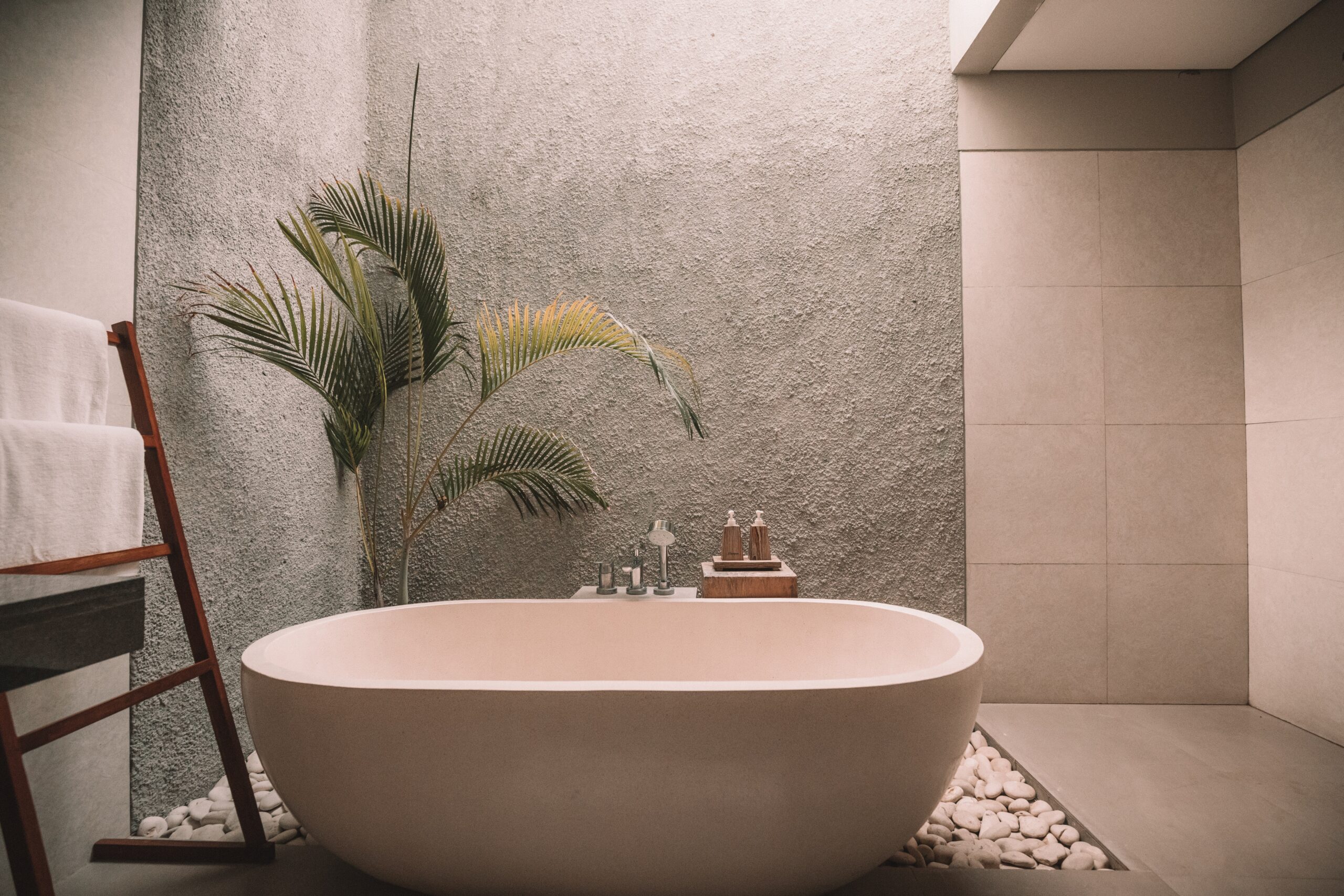Introduction to Sink Drainage Issues
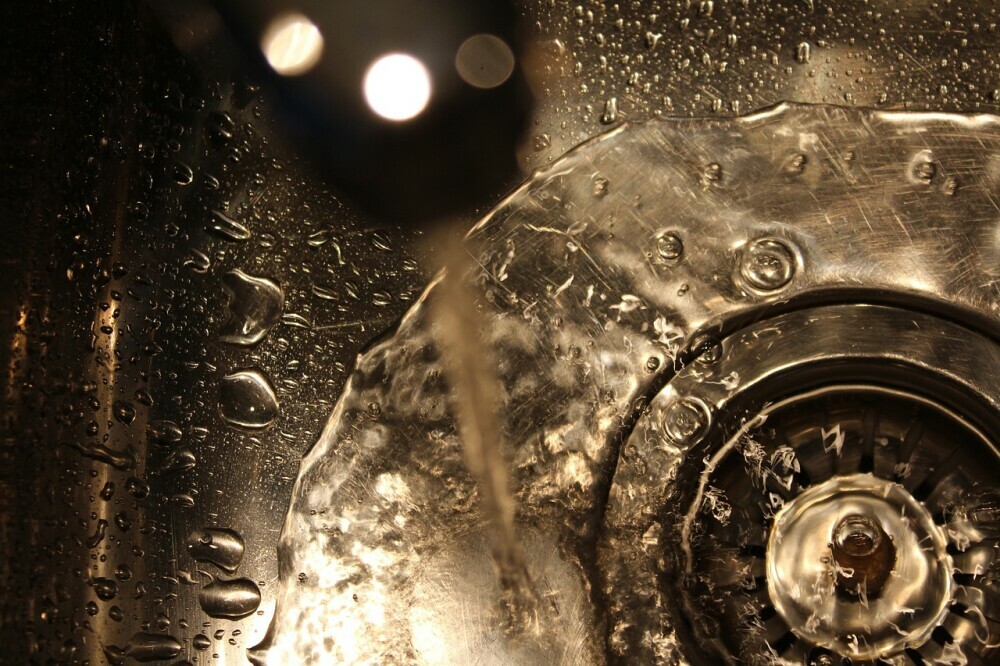
- Overview of common drainage problems in household sinks
- Why addressing slow draining sinks promptly is crucial
- Reassurance that many fixes are straightforward and DIY-friendly
Overview of common drainage problems in household sinks:
– Clogs: One of the most common issues, caused by the build-up of debris like hair, soap scum, and food particles.
– Mineral build-up: Hard water can lead to mineral deposits that accumulate in the pipes over time, restricting water flow.
– Pipe misalignment: Sometimes pipes can become misaligned, leading to poor drainage.
– Old pipes: Aging or corroded pipes can also cause slow drainage issues.
Why addressing slow draining sinks promptly is crucial:
– Preventing further damage: Ignoring a slow draining sink can lead to more severe clogs or even pipe damage over time.
– Hygiene concerns: Standing water in sinks can be a breeding ground for bacteria and unpleasant odors.
– Cost-effective: Tackling the issue early can prevent the need for costly professional repairs down the line.
Reassurance that many fixes are straightforward and DIY-friendly:
– Plunging: Simple clogs can often be cleared using a plunger, a basic tool that most households have. – Drain cleaners: Chemical drain cleaners can help dissolve clogs, but be cautious and follow safety instructions.
– Natural remedies: Home remedies like baking soda and vinegar can often effectively clear minor clogs.
– Pipe cleaning tools: Tools like drain snakes or augers are readily available for purchase and can help dislodge deeper clogs.
In summary, by understanding common drainage problems, acting promptly to address slow drains, and realizing that many solutions are easily achievable through DIY methods, homeowners can maintain their sinks in good working condition and prevent more significant issues down the road.
Diagnosing the Slow Draining Sink
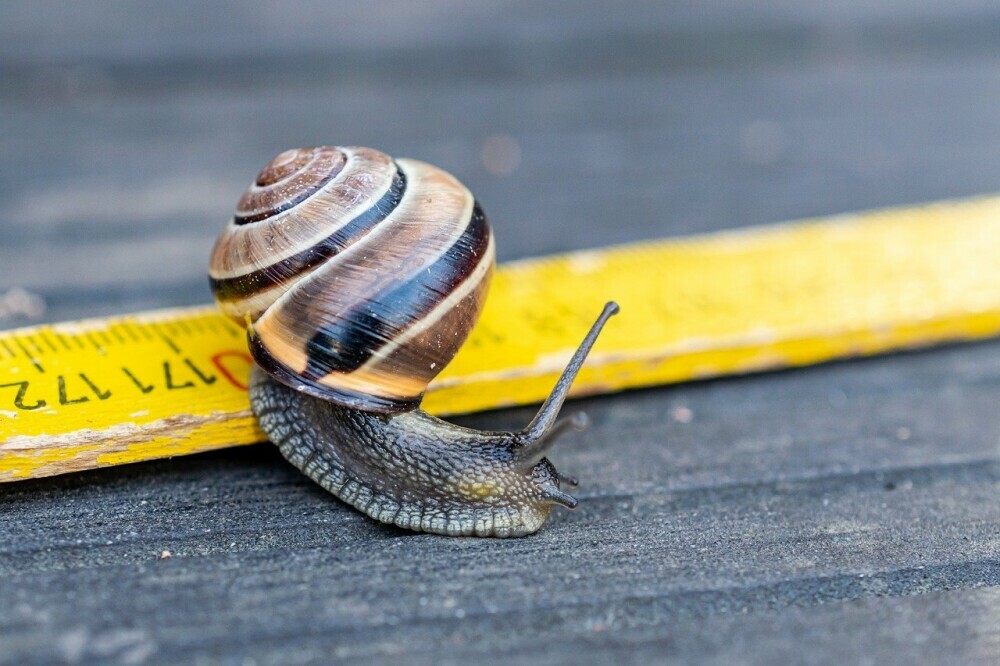
- Identifying signs that your sink is not draining properly
- Simple tests to determine the severity of the clog
- When to consider professional help versus DIY solutions
1. Identifying signs that your sink is not draining properly:
– Water pooling: If water starts to collect in the sink rather than draining away quickly, it’s a clear sign of a drainage issue.
– Slow drainage: Water taking longer than usual to disappear down the drain indicates a potential clog or blockage.
– Gurgling sounds: Unusual noises, such as gurgling or bubbling sounds, when water is draining could signal an obstruction in the pipes.
– Foul odors: Persistent unpleasant smells emanating from the sink can indicate stagnant water trapped due to poor drainage.
2. Simple tests to determine the severity of the clog:
– Pouring hot water: Running hot water down the sink can sometimes help clear minor clogs caused by grease or soap buildup.
– Checking multiple drains: If multiple sinks or drain lines in your home are slow to drain, it may indicate a bigger issue in the main line.
– Using a plunger: Test the effectiveness of plunging by creating a seal over the drain and applying pressure to dislodge the clog.
– Observing water flow: Watch how water drains; if it’s slow and doesn’t disappear smoothly, there may be a blockage.
3. When to consider professional help versus DIY solutions:
– DIY solutions: For minor clogs that can be easily cleared with a plunger, a drain snake, or household products like baking soda and vinegar, DIY methods are often sufficient.
– Professional help: If DIY methods don’t resolve the issue, or if the problem persists and becomes recurrent, it’s time to consider calling a professional plumber.
– Complex issues: Issues like tree root intrusion, damaged pipes, or major blockages deep in the plumbing system may require specialized equipment and expertise beyond typical DIY approaches.
– Safety concerns: If you’re unsure about handling chemicals or using tools like drain snakes, it’s safer to seek professional assistance to avoid potential harm or damage to the plumbing system.
By being attentive to signs of poor drainage, conducting simple tests to assess the clog severity, and making an informed decision on when to opt for DIY fixes versus professional help, homeowners can effectively address sink drainage issues and maintain their plumbing systems in good condition.
Culprits for Clogs and Slow Drains

- Food remnants, hair, and soap scum as primary causes
- Impact of hard water and mineral buildup
- How improper usage can lead to frequent sink clogs
1. Food remnants, hair, and soap scum as primary causes:
– Food remnants: Items like coffee grounds, grease, and excess food particles can accumulate in the drain pipes, leading to blockages.
– Hair: Hair is a major contributor to clogs in bathroom sinks and shower drains. It can combine with soap residue to form tough blockages.
– Soap scum: Residual soap solidifies along the walls of pipes over time, reducing the diameter of the pipe and impeding water flow.
2. Impact of hard water and mineral buildup:
– Hard water: Water with high mineral content, known as hard water, can leave deposits of calcium and magnesium in pipes. These deposits can constrict water flow and eventually lead to clogs.
– Mineral buildup: Over time, minerals in the water can accumulate on the inner surfaces of pipes, reducing the effective diameter and causing water to drain more slowly. This buildup can also make pipes more prone to clogs from other debris.
3. How improper usage can lead to frequent sink clogs:
– Grease disposal: Pouring cooking oils or grease down the drain can solidify and create blockages as they cool.
– Flushable wipes: Items like flushable wipes that are marketed as safe for toilets can still cause clogs in sink drains due to their non-biodegradable nature.
– Overloading garbage disposals: Putting fibrous or starchy foods, large quantities of food scraps, or non-food items down the garbage disposal can lead to clogs in the drain pipe or damage to the disposal unit.
– Lack of drain maintenance: Failure to regularly clean drains or address slow drainage can allow debris to accumulate and worsen over time, leading to more frequent clogs.
By understanding the primary causes of sink clogs such as food remnants, hair, and soap scum, recognizing the impact of hard water and mineral buildup, and being aware of how improper usage can contribute to frequent clogs, individuals can take proactive measures to prevent blockages and maintain smooth drainage in their sinks.
Quick-Fix Methods for Immediate Relief

- Boiling water technique for dissolving simple blockages
- DIY vinegar and baking soda solution
- Plunging strategies specialized for sink drains
1. Boiling water technique for dissolving simple blockages:
– Boiling water is a simple yet effective method for breaking down and clearing minor blockages in sink drains.
– How to use: Boil a medium to large pot of water and carefully pour it down the drain in a steady stream. The hot water can help soften and dislodge clogs caused by grease, soap scum, or minor debris.
– Precautions: Avoid using boiling water on PVC pipes as it may soften or damage them. Also, use caution when handling and pouring the hot water to prevent burns.
2. DIY vinegar and baking soda solution:
– Vinegar and baking soda are a classic DIY combination for clearing drains and deodorizing sinks.
– How to use: Start by pouring about half a cup of baking soda down the drain, followed by a mixture of one cup of vinegar and one cup of hot water. The fizzing action helps break down debris and clogs.
– Let the mixture sit for at least 15-30 minutes before rinsing the drain with hot water to flush out the loosened material.
– This method is gentle on pipes and can be used regularly for maintenance to keep drains flowing smoothly.
3. Plunging strategies specialized for sink drains:
– Sink plungers: Sink plungers are designed with a flat bottom and a narrower profile to create a better seal over sink or bathtub drains.
– Technique: Ensure there is enough water in the sink to cover the plunger’s bell, then position the plunger over the drain. Push and pull the plunger forcefully to create a suction effect that dislodges the clog.
– Repeat the plunging motion several times to break up the obstruction and allow water to flow freely down the drain.
– For double sinks or garbage disposal units, use a damp cloth or stopper to cover the adjacent drain opening to focus the pressure on the clogged one.
By utilizing the boiling water technique, DIY vinegar and baking soda solutions, and employing specialized plunging strategies for sink drains, individuals can effectively tackle minor clogs and maintain optimal drainage in their sinks without the need for harsh chemicals or professional assistance.
Preventative Measures to Maintain a Healthy Sink

- Regular cleaning and maintenance tips
- Products and habits to avoid in order to prevent future clogs
- The benefits of using sink strainers and drain guards
1. Regular cleaning and maintenance tips:
- Weekly cleaning: Make it a habit to flush your sink drains with hot water weekly to help prevent the buildup of grease and soap scum.
- Monthly treatments: Use DIY solutions like vinegar and baking soda or commercial drain cleaners to maintain clean pipes and prevent minor clogs.
- Professional inspection: Consider scheduling a yearly inspection by a plumber to identify and address any potential issues before they lead to major clogs.
2. Products and habits to avoid in order to prevent future clogs:
- Avoid grease disposal: Instead of pouring cooking oil or grease down the drain, collect them in a separate container and dispose of them in the trash.
- Limit fibrous foods: Fibrous vegetables like celery and starchy foods like pasta can tangle and create clogs in the pipes. Dispose of them in the trash or compost bin.
Keep foreign objects out: Avoid letting foreign objects such as cotton swabs, dental floss, or paper towels go down the drain as they can accumulate and cause blockages.
3. The benefits of using sink strainers and drain guards:
- Preventing debris: Sink strainers and drain guards catch food scraps, hair, and other debris before they enter the drain, reducing the likelihood of clogs.
- Easy maintenance: Simply emptying and cleaning the strainer regularly is much easier than dealing with a clogged drain.
- Extending the life of plumbing: By preventing large items or excessive debris from entering the pipes, sink strainers and drain guards can help maintain the efficiency and longevity of your plumbing system.
By following regular cleaning and maintenance tips, avoiding harmful products and habits, and utilizing sink strainers and drain guards, individuals can proactively prevent future clogs and maintain optimal functioning of their sink drains. These simple practices can save time, money, and the hassle of dealing with recurring plumbing issues.
When to Call the Professionals
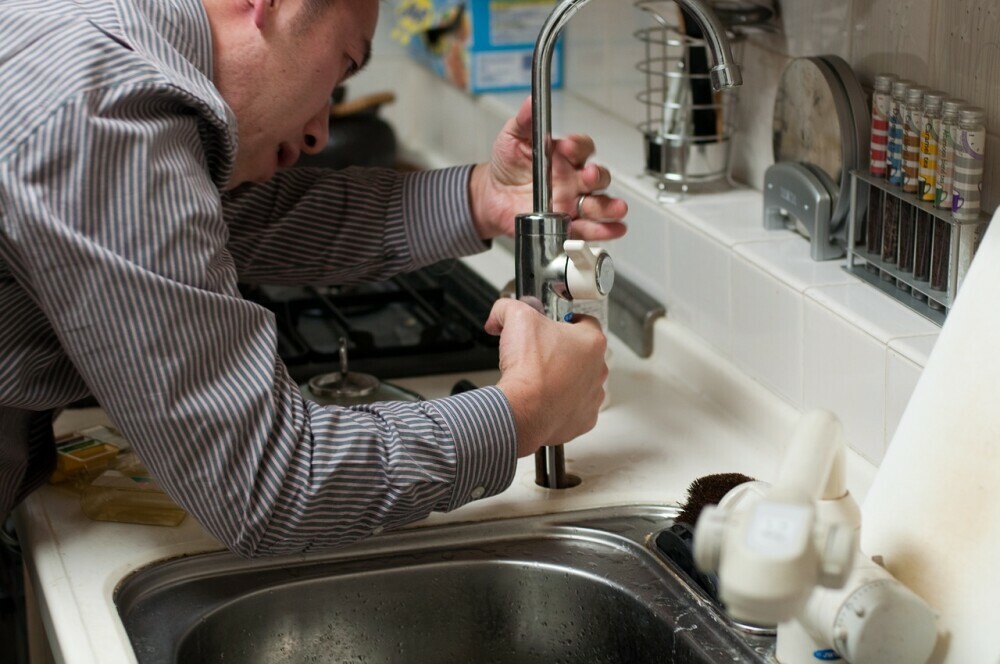
- Recognizing issues beyond the scope of at-home fixes
- The importance of timely professional intervention to prevent damage
- How choosing a well-reviewed and licensed plumber can save time and money
1. Recognizing issues beyond the scope of at-home fixes:
- Persistent clogs: If you’ve tried common DIY methods like plunging, using drain cleaners, or hot water without success, there may be a more severe blockage that requires professional attention.
- Foul odors: Lingering unpleasant smells coming from your drains can indicate a buildup of organic matter or other issues deeper within the plumbing system.
- Slow drainage: Gradual or prolonged slow drainage in sinks, tubs, or showers may point to a larger obstruction or blockage in the pipes that cannot be easily cleared at home.
- Unusual sounds: Gurgling noises, bubbling, or water backing up in unexpected places suggest underlying issues like a clog, blockage, or improper venting that may require professional diagnosis and repair.
2. The importance of timely professional intervention to prevent damage:
- Preventing further damage: Ignoring persistent plumbing issues can lead to extensive damage to your pipes, fixtures, and property. Timely intervention by a professional can address the problem before it worsens.
- Preserving property value: Regular maintenance and prompt repairs help maintain the integrity of your plumbing system, preventing costly damage that could affect your property’s value.
- Ensuring safety: Issues like sewer line blockages or leaks can pose health risks and safety hazards. Professional plumbers have the expertise to address these problems safely and effectively.
3. How choosing a well-reviewed and licensed plumber can save time and money:
- Quality workmanship: Licensed plumbers have the training and expertise to accurately diagnose and repair plumbing issues, ensuring the job is done right the first time.
- Efficiency: Experienced plumbers can quickly identify the root cause of the problem and implement effective solutions, saving you time and minimizing disruption to your daily routine.
- Long-term savings: While professional services may involve upfront costs, choosing a reputable plumber can prevent recurring issues, costly repairs, and further damage down the line, ultimately saving you money in the long run.
By recognizing when plumbing issues are beyond at-home fixes, understanding the importance of timely professional intervention to prevent damage, and selecting a reputable, licensed plumber, individuals can ensure the proper care and maintenance of their plumbing system, saving time, money, and potential headaches in the future.


